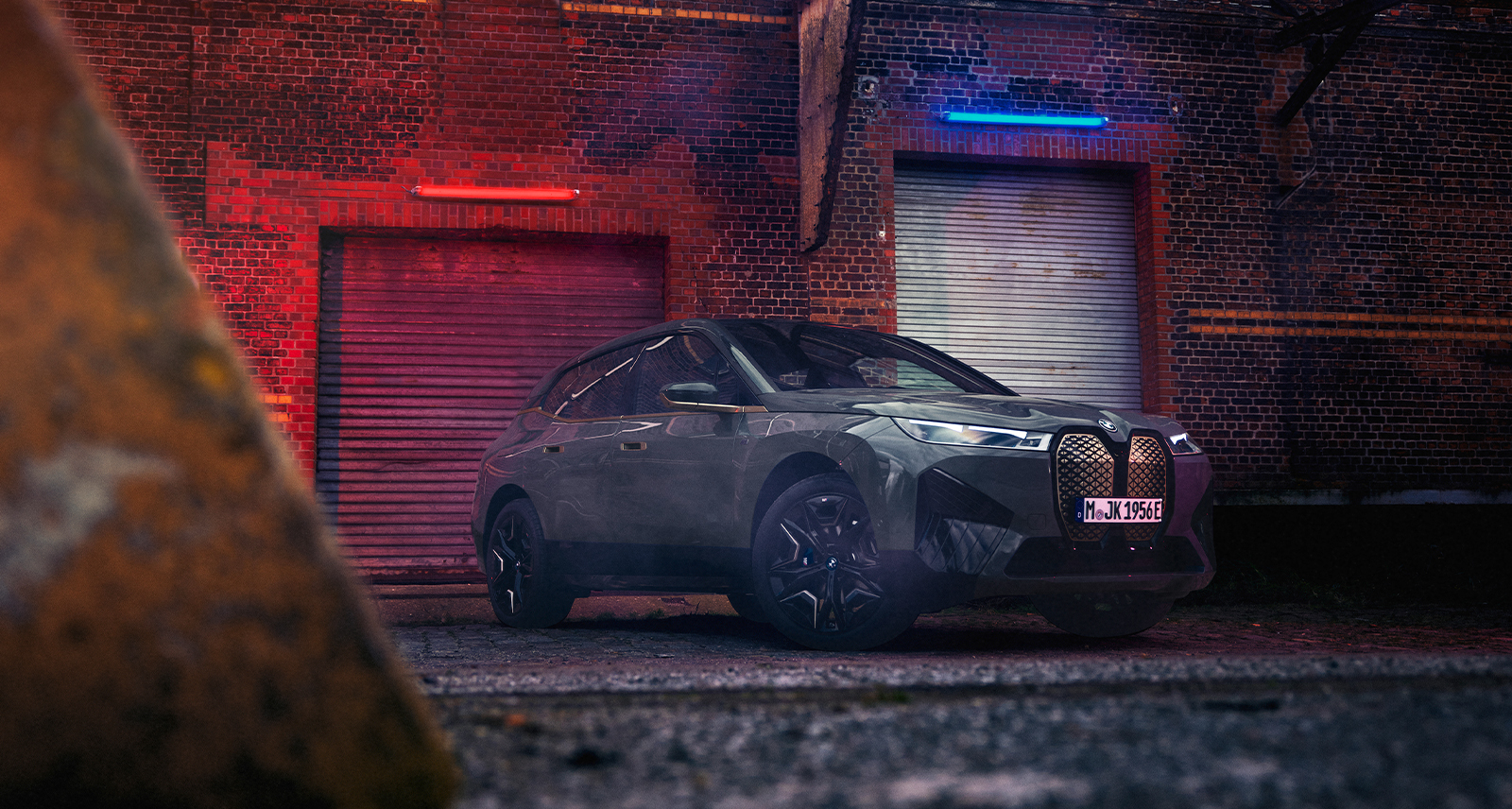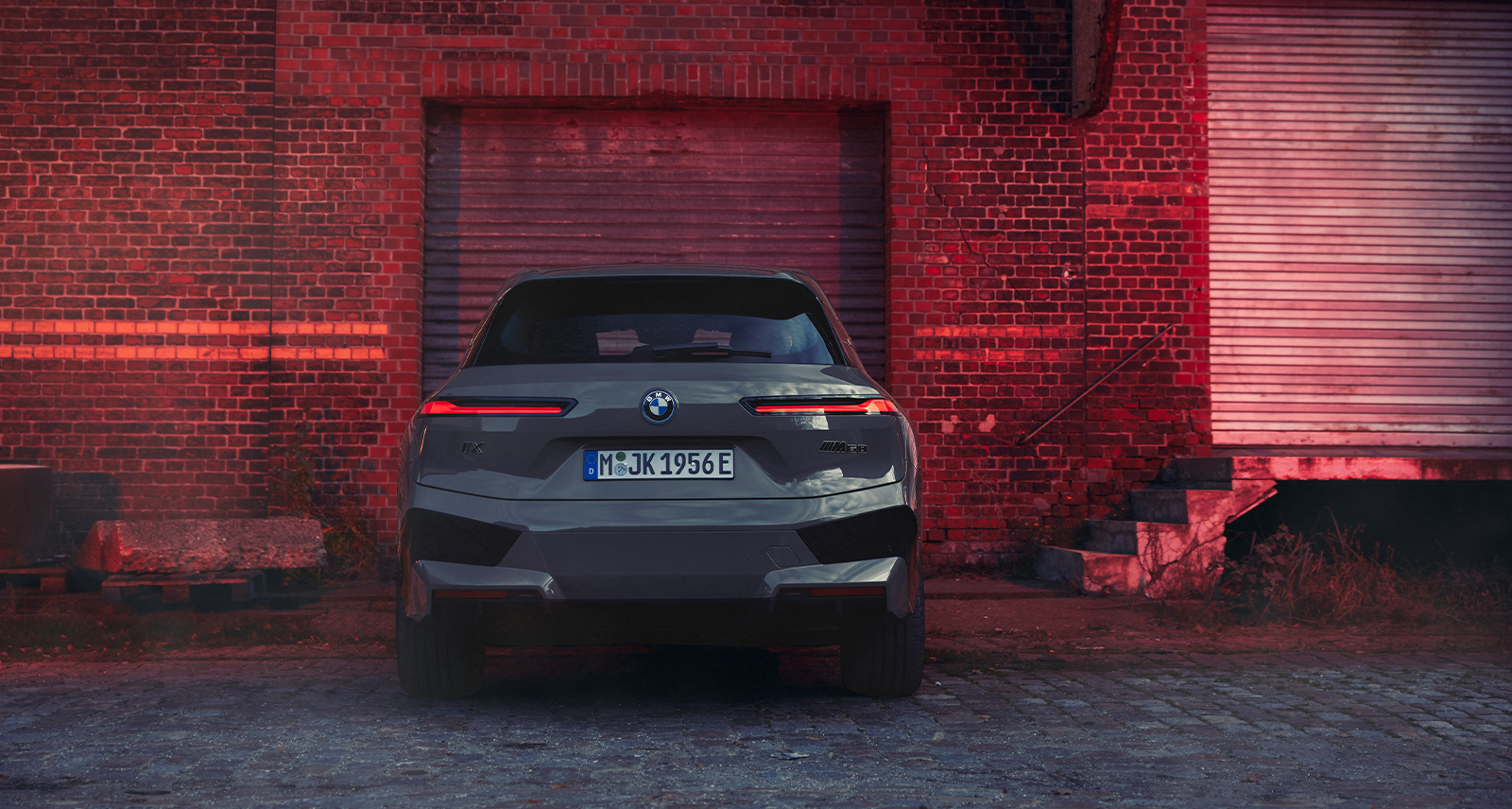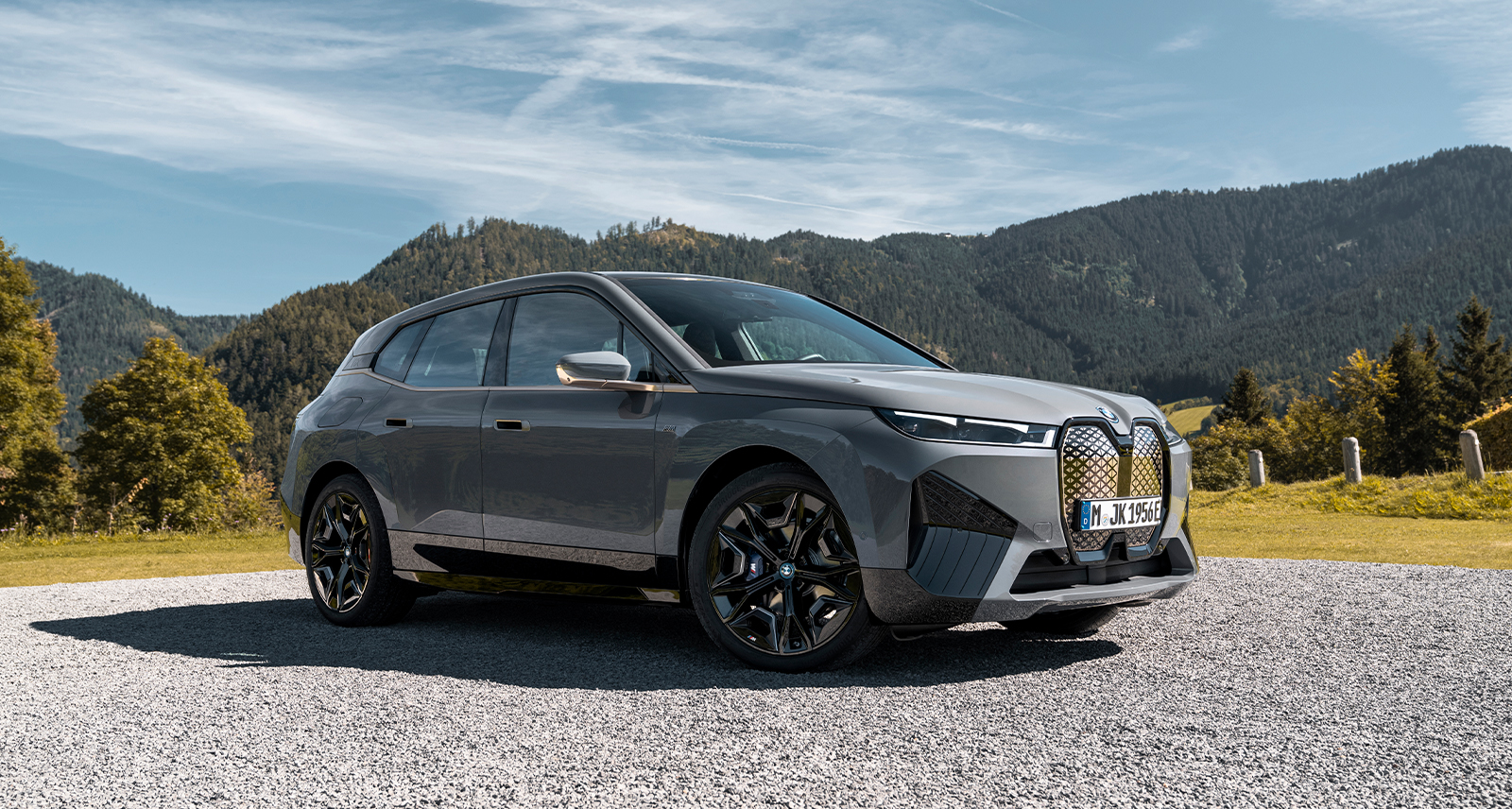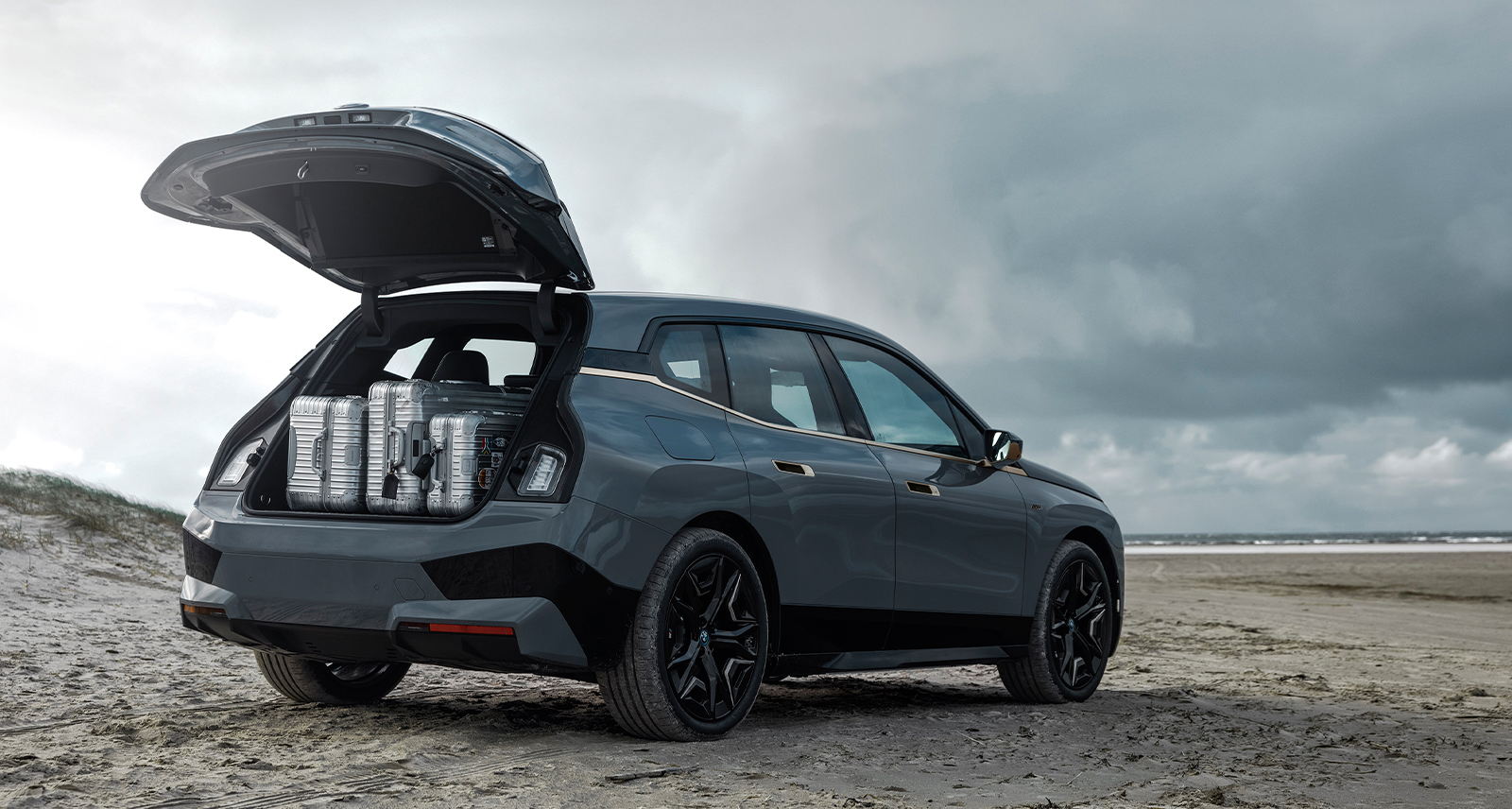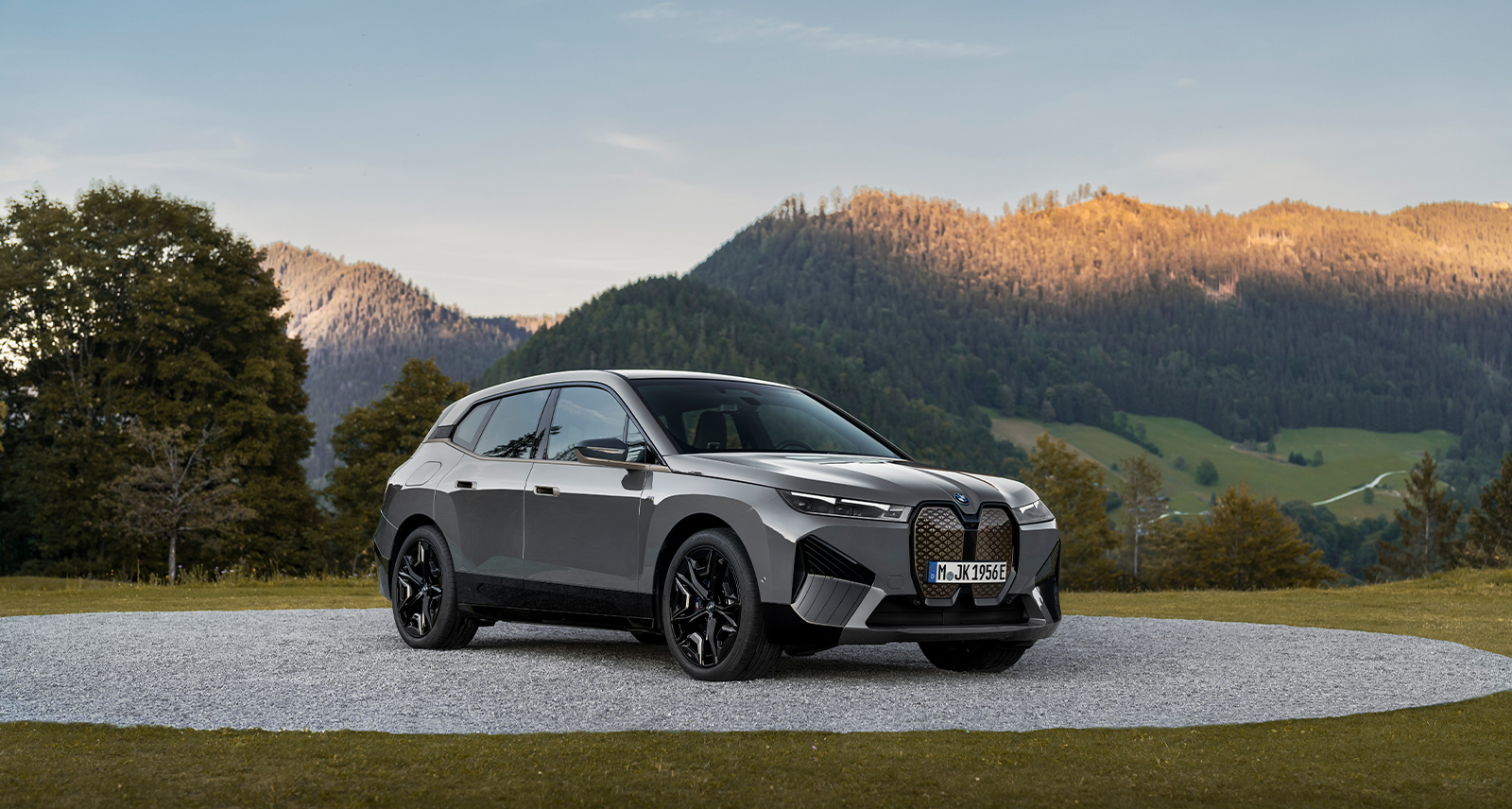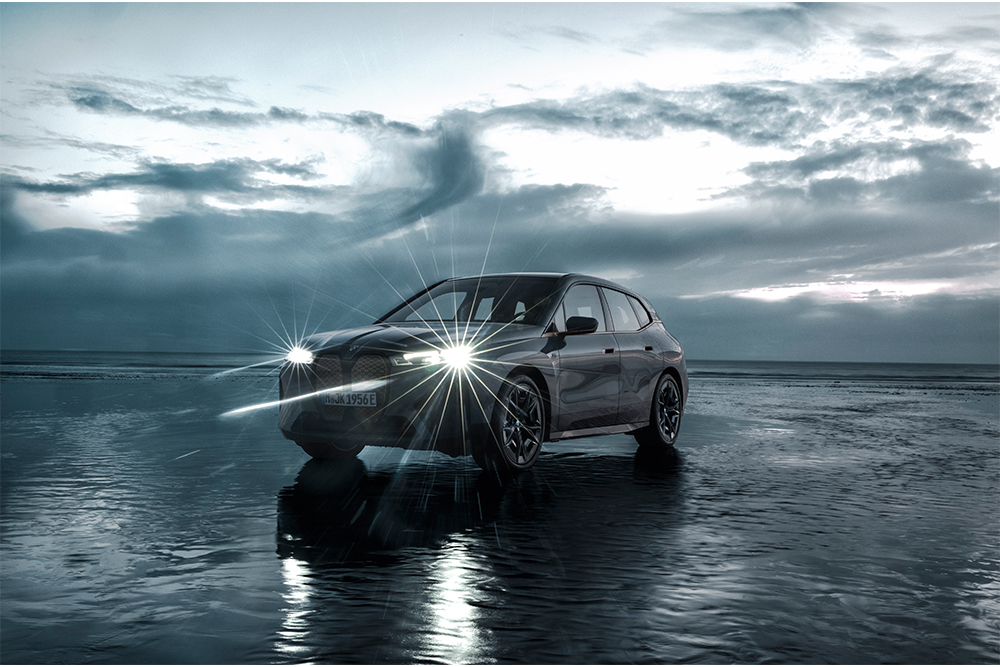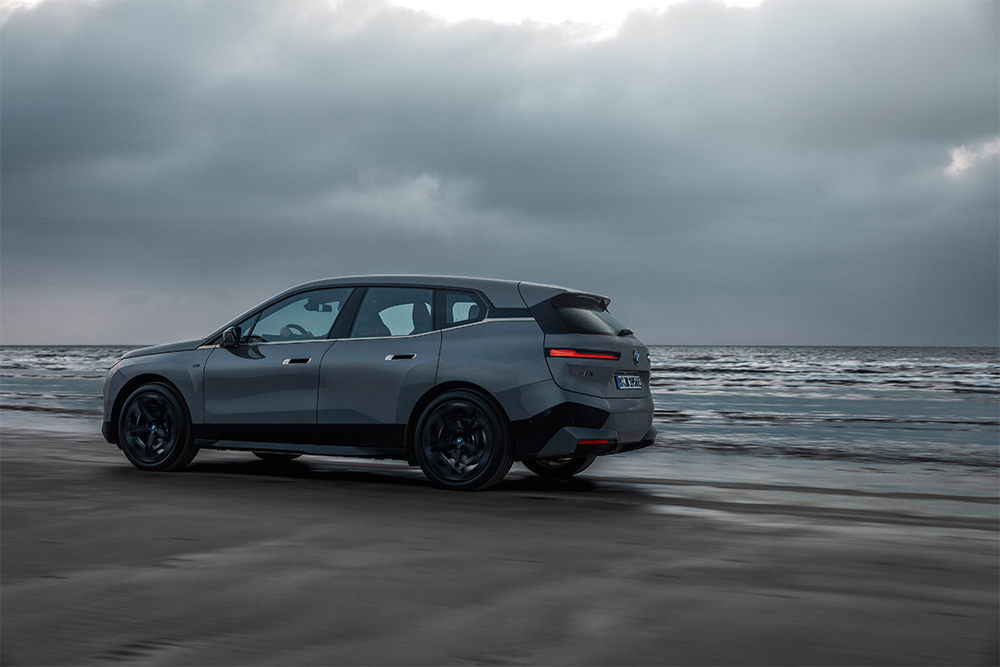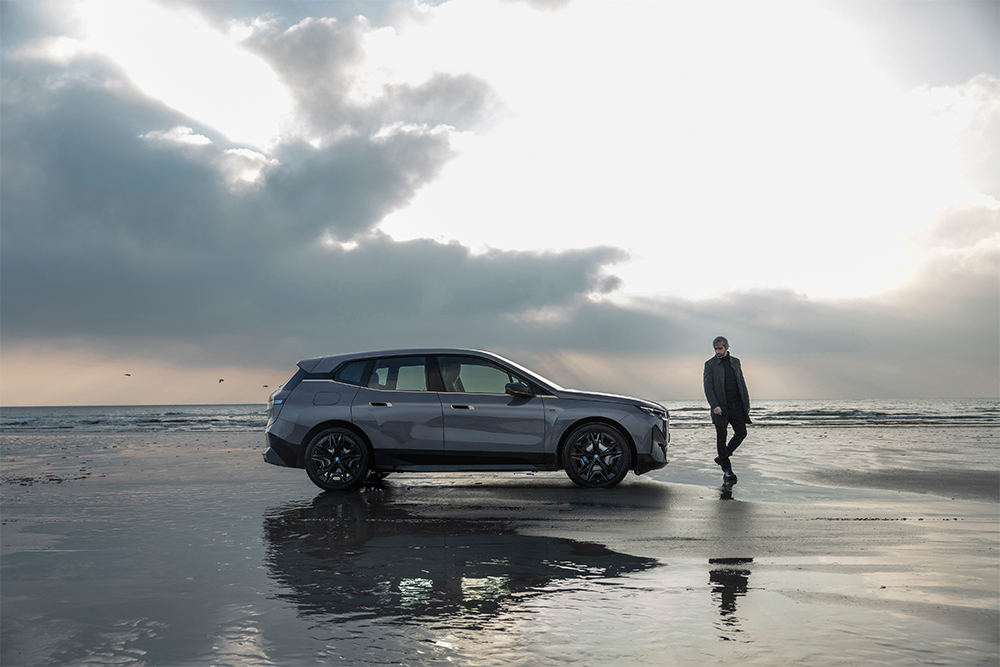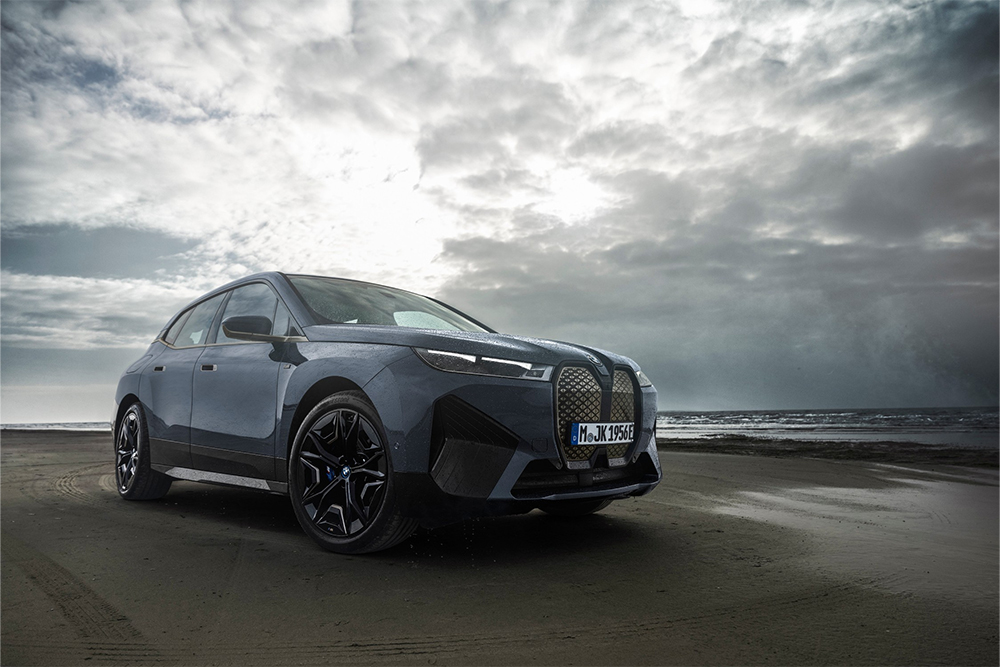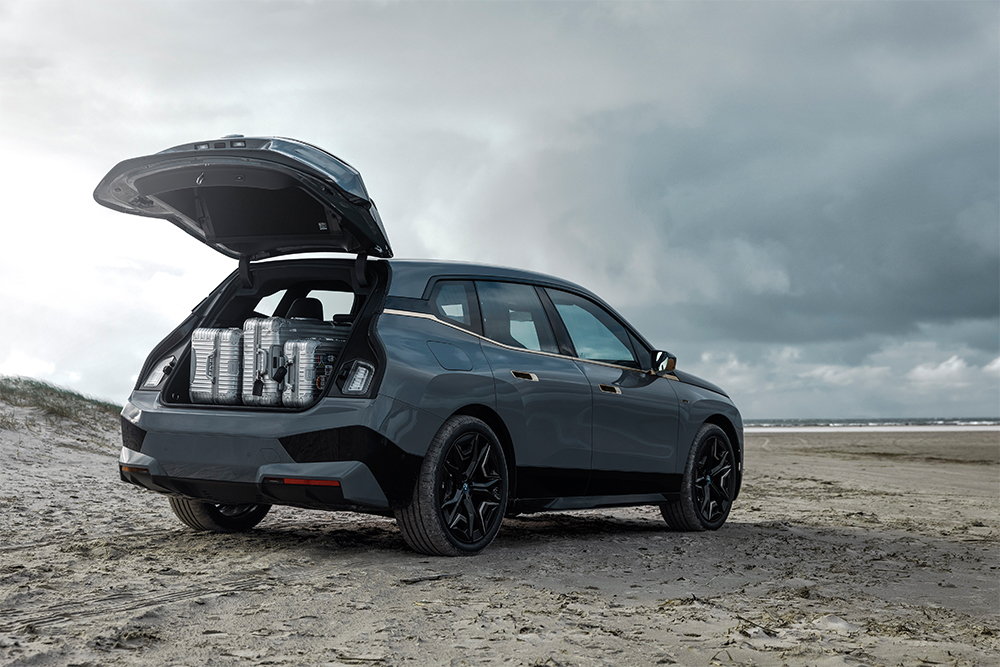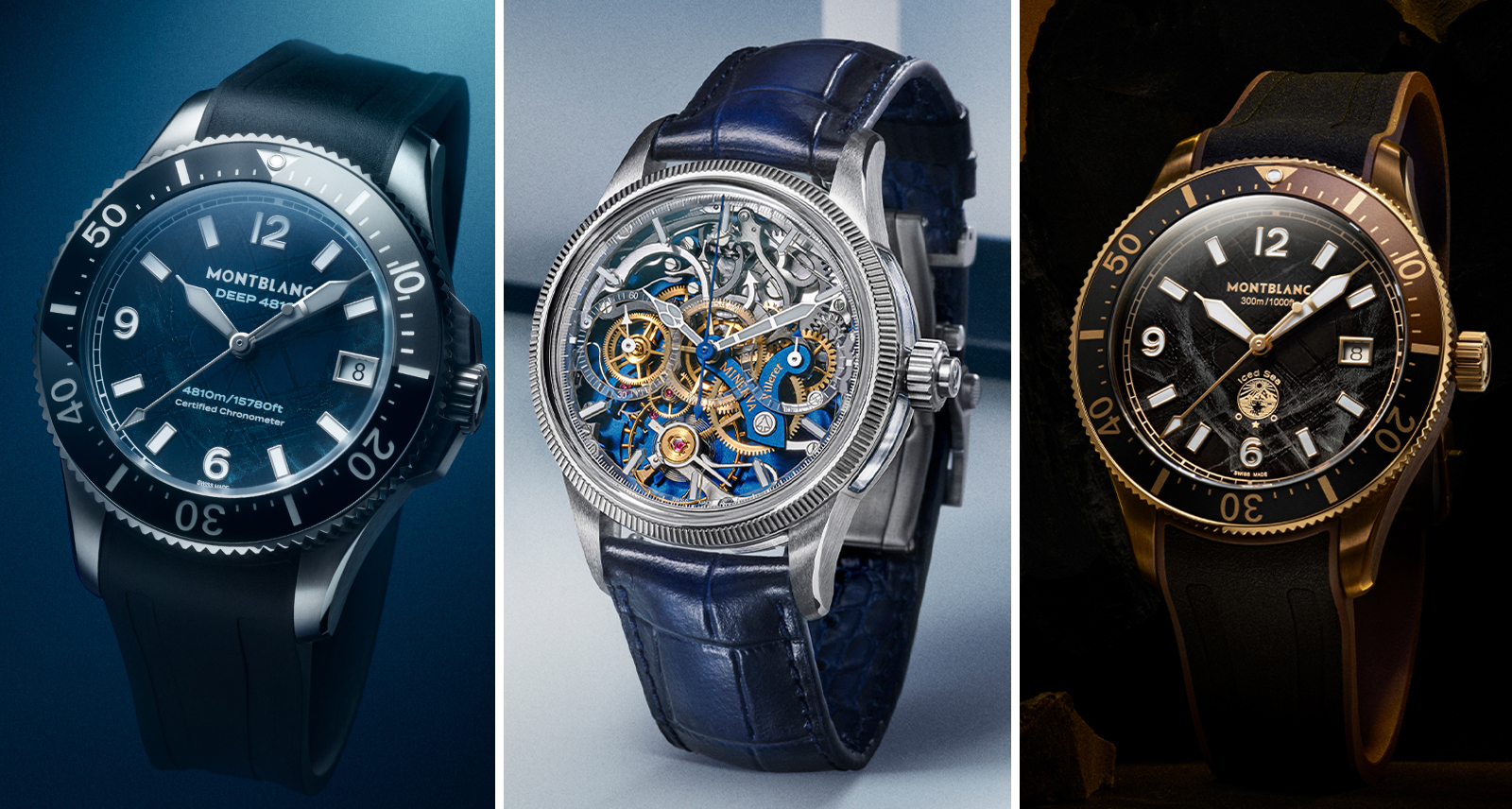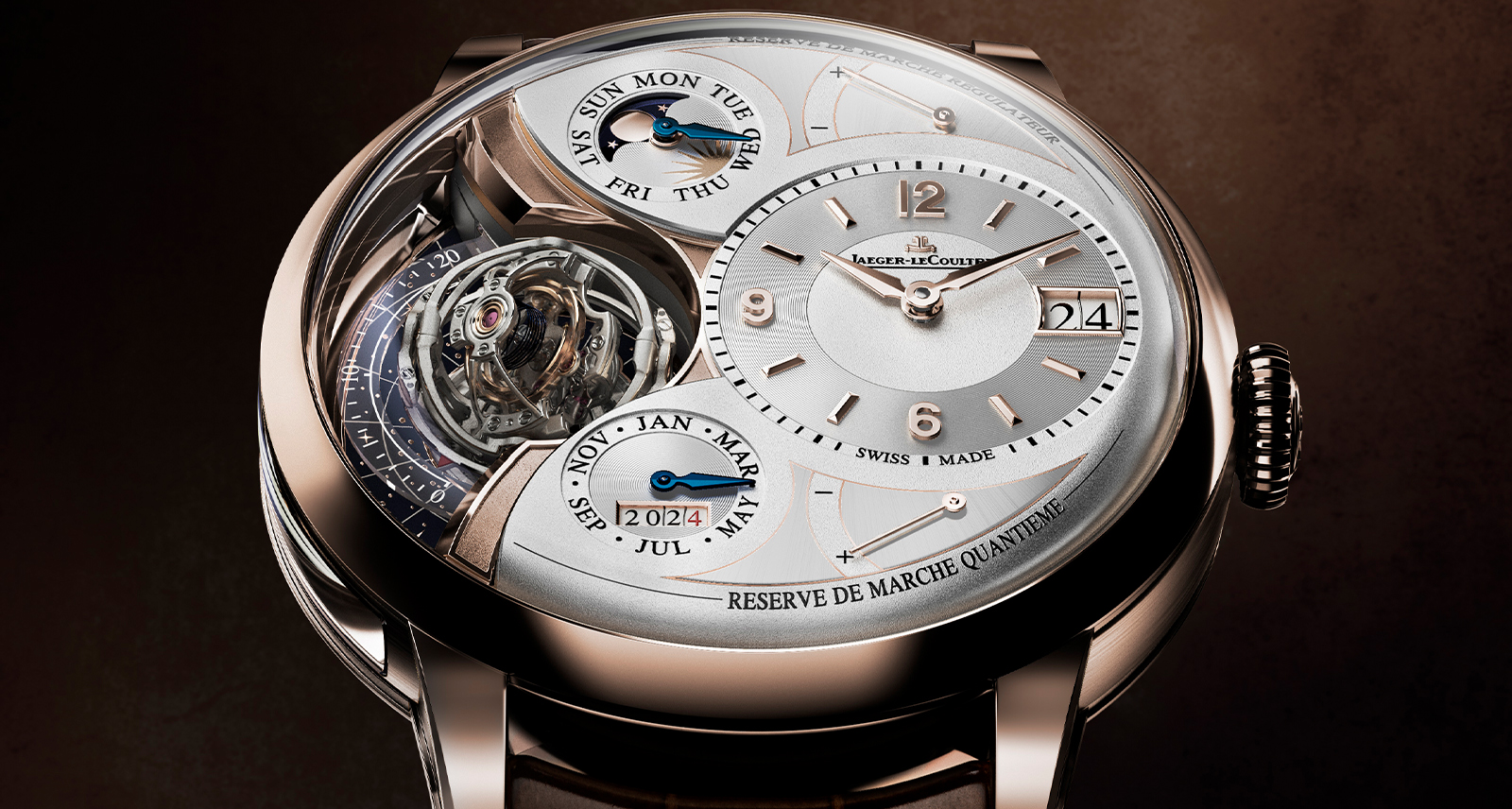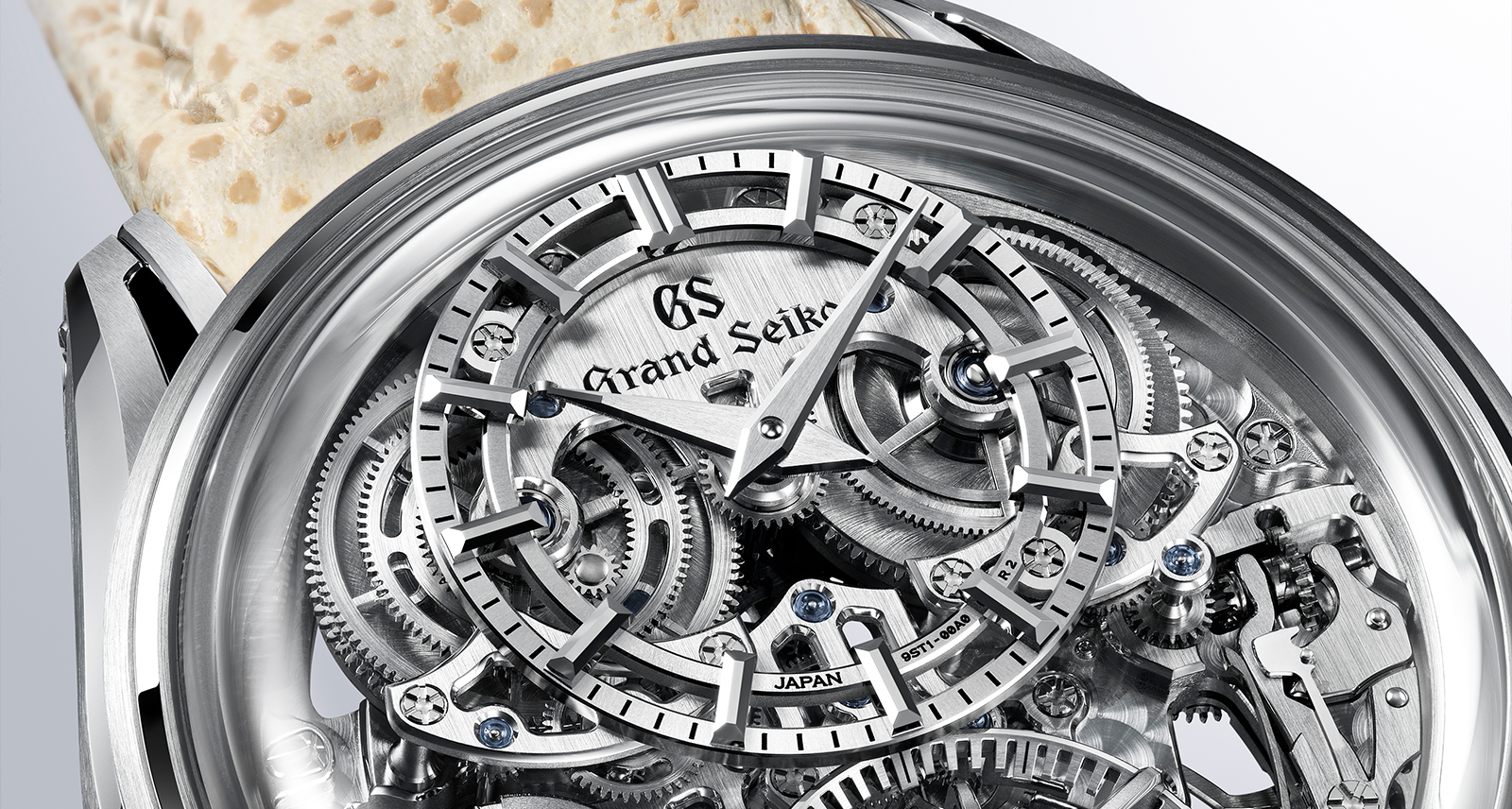BMW M’s First All-Electric SUV, Plus M Division’s Next EVs
The first time we mashed the accelerator pedal into the plush carpeting of BMW’s all-electric iX M60 — M Division’s first electric SUV — we were shook. It’s not that we didn’t expect it to be quick; this is BMW’s most powerful EV yet. It’s just that nothing prepared us for how the M60 makes a driver feel as it slingshots toward the horizon.
You sit up high in the iX, as you would in an X5 SUV. But the cabin of the iX is, frankly, in another league. Nothing else feels as fashion-forward or as original as the iX. It’s more like a chic hotel-lounge than car. The ambiance is serene, calm, relaxing — until the M60 fires itself forward. Suddenly the SUV rears up with the nose pitching up ever-so-slightly and passengers get walloped in the chest by instant acceleration. It’s like a rocket-propelled living room.
It’s not silent, like most other EVs. The Oscar-winning composer Hans Zimmer – Dune, Gladiator, Inception, you know him – worked with BMW to create the (optional) IconicSounds Electric package for the M60. It’s hard to describe. You really just need to experience it, but for now imagine one of M Division’s high-strung straight-six engines powered by electrons rather than exploding gasoline. It’s an electric growl.
What has M done to the iX?
Great question. M Division, which has been making racetrack-ready BMWs since the 1970s, is new to EVs. Its first one, the i4 M50, was excellent. It blended the unique sport-sedan feel and character of the 3 Series with battery-power. The mashup worked so well, it felt like the 3 Series could’ve been electric all along.
For its second EV, M Division took things up a notch. The regular iX is massively quick, so much so that there’s really no need to step up to the M60. Nevertheless, the engineers at M improved the rear motor to produce more power: 610 hp and 749 lb-ft of torque, which is 94 hp and 185 lb-ft more than the xDrive50. For Launch Control sprints, 811 lb-ft of torque is available, taking the huge SUV from 0-100 km/h in 3.8 seconds.
The extra power means less range, however: 441 km (on 22-inch wheels) as estimated by the EPA, versus up to 521 km for the iX xDrive50.
The suspension and anti-roll bars were stiffened too, but those tweaks can’t hide the fact this thing is heavy, tipping the scales at 2,584 kg. Try to drive it like you would an M3 and you’ll be disappointed, obviously.
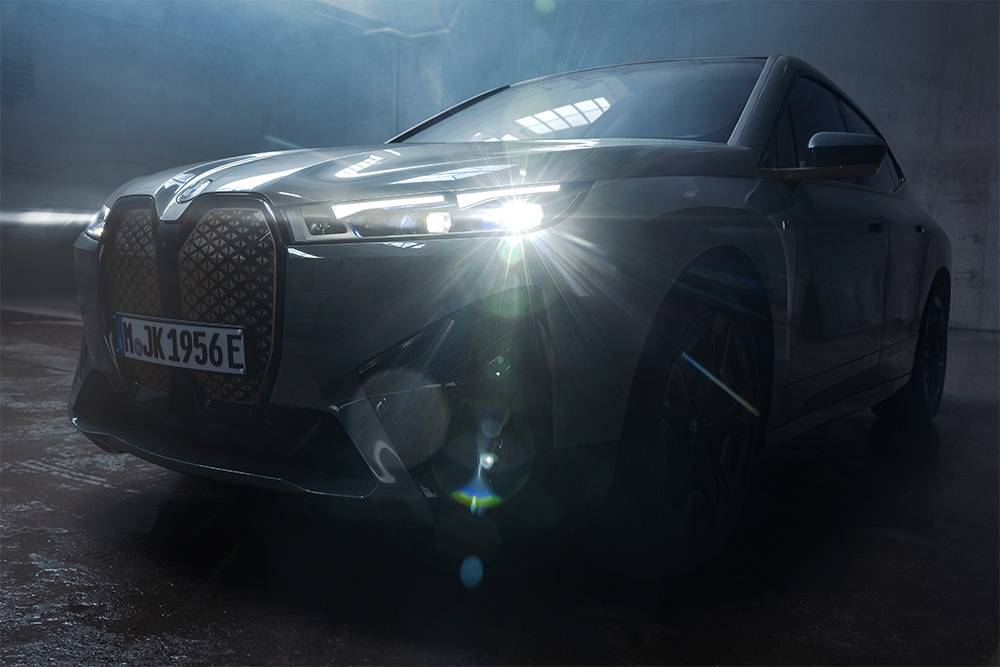
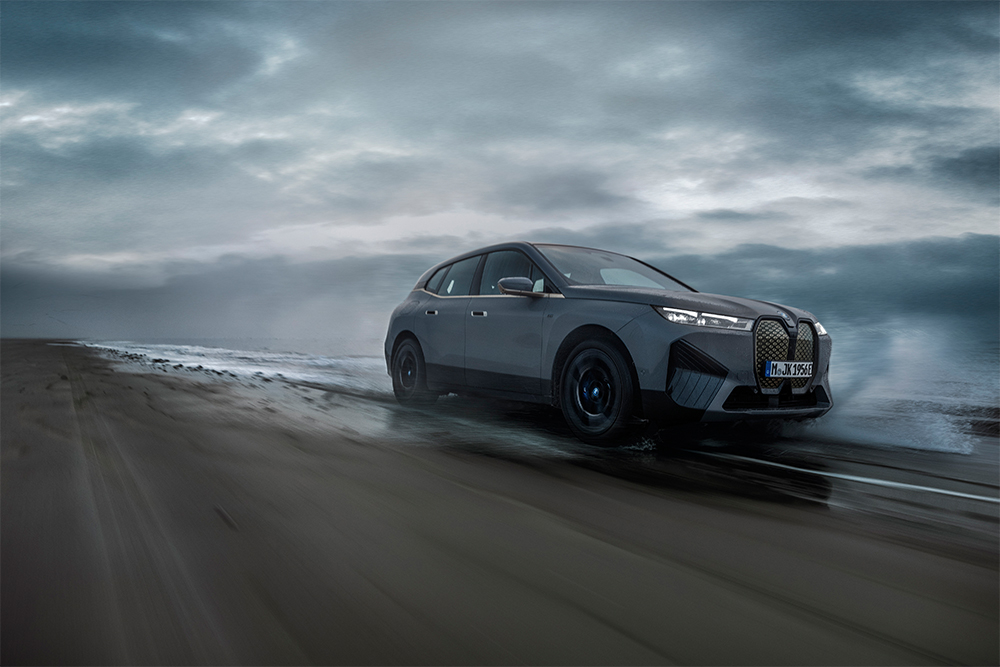
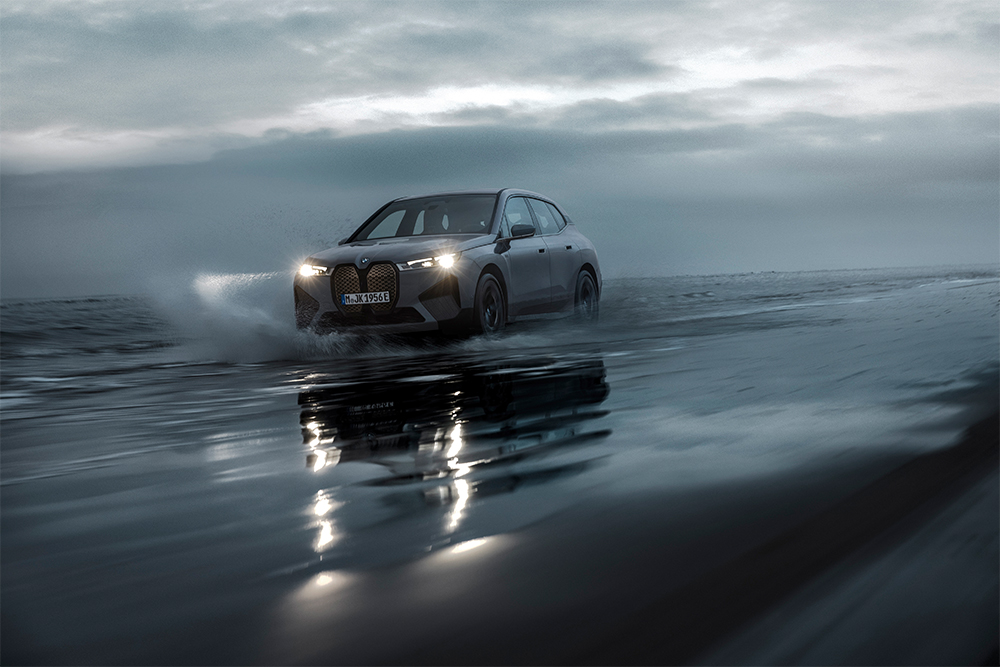
So, is it a real M car?
Sort of. As rapid as the M60 is, it’s not a full-fat M car. It belongs instead to the M Performance lineup, like the M240i and the X3 M40i. (Think: diet M.) These cars aren’t meant to be flung around racetracks. The M60 does feel like a rear-drive machine – thanks to the extra-powerful rear motor – but it lacks the sharpness, precision and tactile feedback of a full-fat M car like the M3/M4.
That said, if you’re looking for something faster than the already-rapid iX xDrive50, then the M60 is just what the doctor ordered. You’ll sacrifice some range and ride comfort for added speed, but you also get all those M badges scattered around the car.
At $121,750, the M60 is $31,760 more than the next-fastest iX. Ask yourself: how much is speed worth to you?
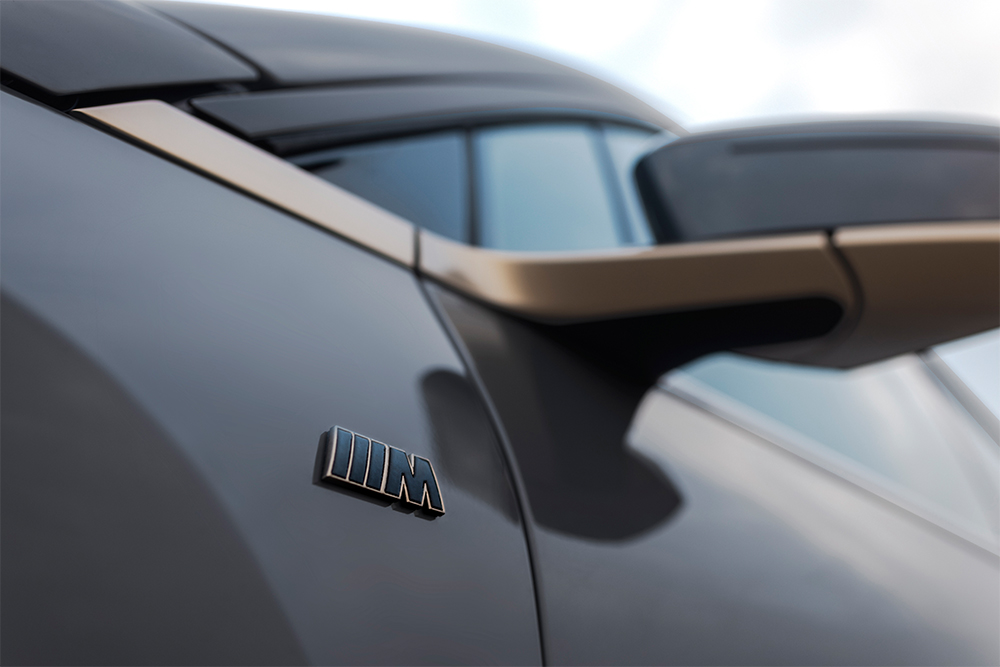
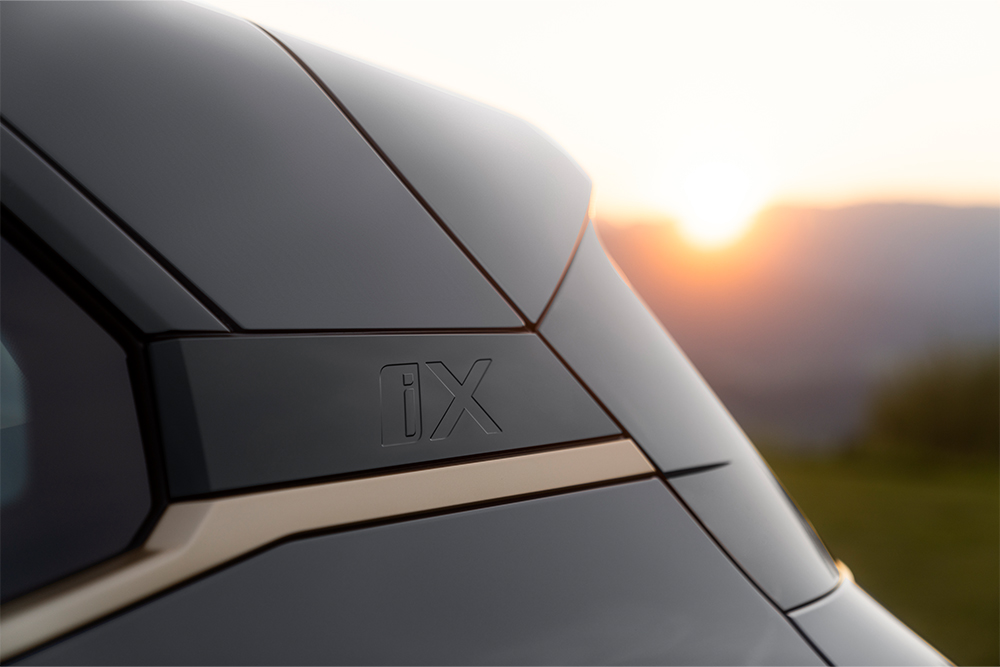
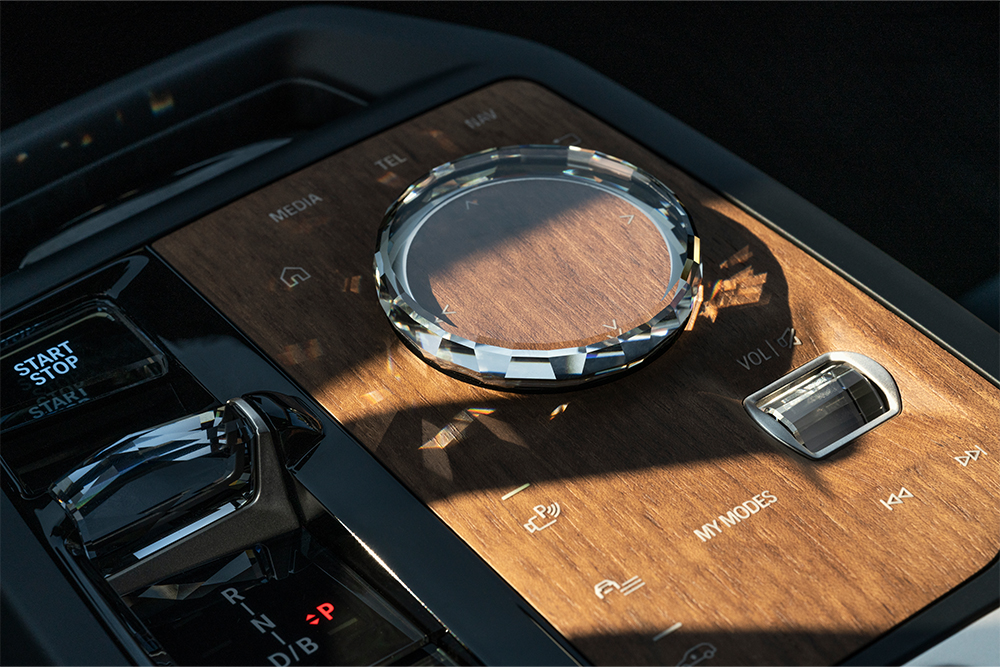
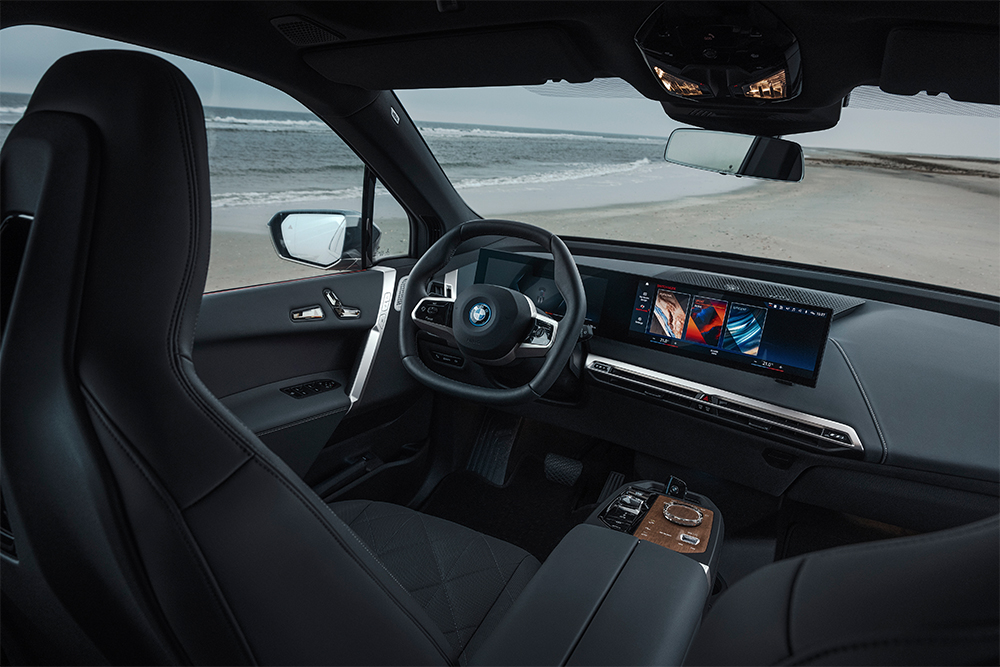
M Division’s EV roadmap
The fact the iX M60 is just the beginning of M Division’s foray into the EV world should excite eager drivers everywhere. The possibilities are endless.
The all-electric i7 sedan is based on the all-new 7 Series, both of which were unveiled earlier this year. The electric model should have an estimated range of up to 521 km, and 536 horsepower. There will be a high-performance i7 M70 arriving as early as next year, but we’d be very surprised if BMW offered an iM7. We’ve also seen spy-photos of an i5, which, you guessed it, would be essentially an electric 5 Series.
BMW’s next-generation EVs will be built on the all-new and much-hyped Neue Klasse platform, arriving in 2025. The first of those will be a compact sedan, like the 3 Series, and a compact SUV.
As for M Division, the engineers have been playing with a mutant prototype EV recently. It’s based on the i4, but it has flared fenders to cover what looks like a wider track. The company confirmed the prototype has four electric motors (one at each wheel) and clever torque-vectoring. There’s no word yet on horsepower, but, honestly, handling is more important because all EVs are quick.
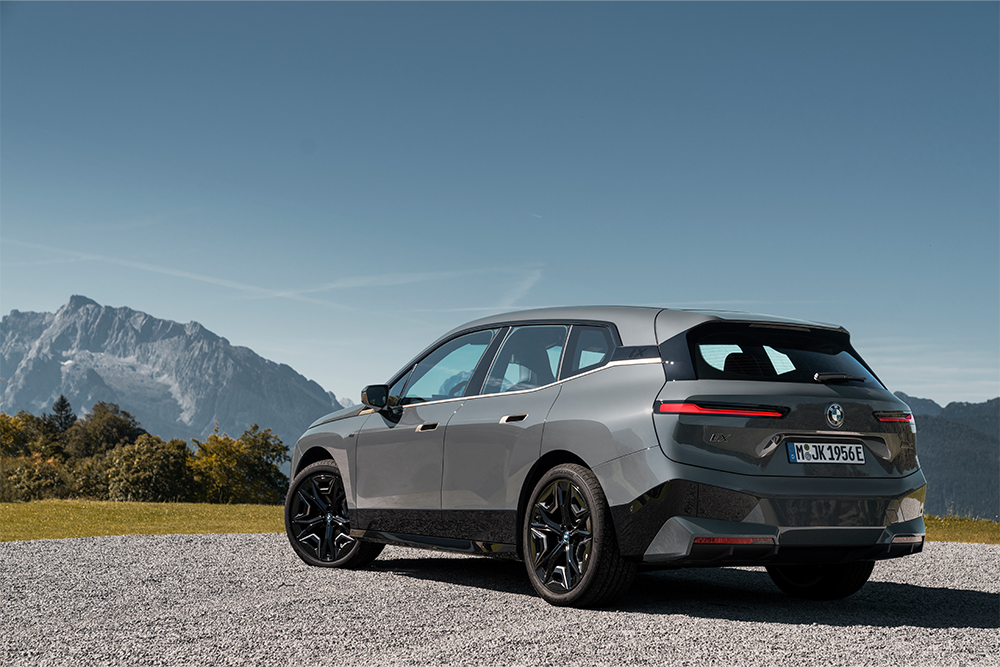
The engineers over at M headquarters are impressed with the potential of quad-motor EVs. “Future high-performance models will also be characterized by exactly what has rendered BMW M automobiles unmistakable for the last 50 years: a linear build-up of drive power and lateral dynamics that permits controllable handling right up to the limits,” the company said in a statement. “The fact that this limit range is shifted even further by the pioneering drive principle was already apparent during the first test kilometres.… Thanks to the particularly sensitive dosage of drive torque and conversion without perceptible latency, significantly higher cornering speeds can be achieved, even on rain-soaked or snow-covered roads, for example. In this case, the vehicle steers effortlessly and without a tendency to understeer, as the drive torque for the outside rear wheel has already been increased parallel to the steering angle.” (Emphasis ours.)
What does that mean, exactly? It means we should be hyped about future all-electric M cars, because they’re going to handle like nothing else. Watch this space.
